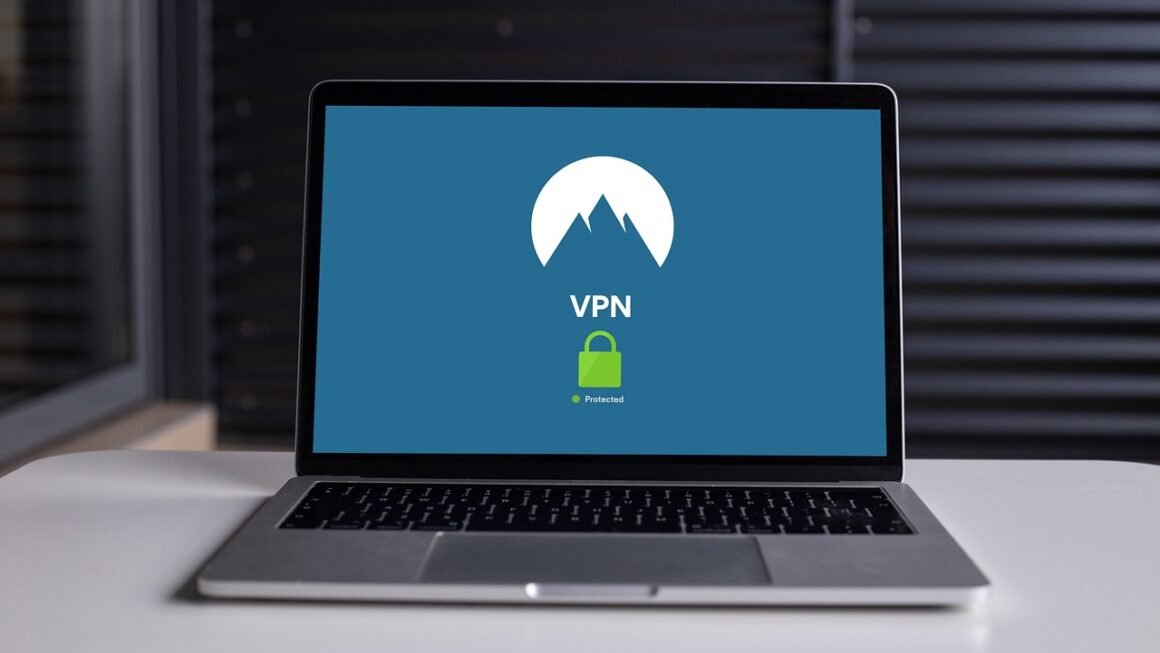Penetration testing, also known as ethical hacking, is a crucial security practice for organizations looking to proactively identify and address vulnerabilities in their systems before malicious actors can exploit them. By simulating real-world cyberattacks, penetration tests help organizations strengthen their security posture and protect sensitive data. This blog post provides a comprehensive overview of penetration testing, covering its various aspects and benefits.
What is Penetration Testing?
Defining Penetration Testing
Penetration testing is a simulated cyberattack against your computer system to check for exploitable vulnerabilities. In the context of web application security, penetration testing is commonly used to augment a web application firewall (WAF). Penetration testing can involve the attempted breaching of any number of application systems, (e.g., application protocol interfaces (APIs), frontend/backend servers) to uncover vulnerabilities, such as unsanitized inputs that are susceptible to code injection attacks.
- It’s a proactive security assessment.
- It involves simulating real-world attacks.
- It identifies vulnerabilities before malicious actors.
- It provides actionable recommendations for remediation.
The Goal of Penetration Testing
The primary goal of penetration testing is to identify security weaknesses within a system or network. This goes beyond simply identifying the existence of vulnerabilities; it aims to demonstrate the potential impact and exploitability of those weaknesses.
- Identify vulnerabilities that could be exploited.
- Assess the effectiveness of existing security controls.
- Provide a clear picture of the organization’s security posture.
- Offer prioritized recommendations for improvement.
Example Scenario
Imagine a web application for an e-commerce site. A penetration tester might try to inject malicious code into the search bar (SQL injection) to gain access to the database containing customer information, including credit card details. If successful, the test demonstrates a critical vulnerability that needs immediate attention.
Types of Penetration Testing
Black Box Testing
In black box testing, the penetration tester has no prior knowledge of the target system’s internal workings. This simulates an external attacker attempting to gain access.
- Mimics a real-world attack scenario.
- Requires the tester to discover vulnerabilities independently.
- Takes longer and can be more expensive.
- Provides a realistic assessment of external security posture.
White Box Testing
White box testing, also known as clear box testing, provides the tester with full access to the system’s architecture, source code, and credentials. This allows for a more thorough and efficient assessment.
- Allows for a comprehensive review of the system.
- Identifies vulnerabilities that might be missed in black box testing.
- Requires close collaboration with the development team.
- Offers a deeper understanding of internal security vulnerabilities.
Gray Box Testing
Gray box testing is a combination of black and white box testing, where the tester has partial knowledge of the system. This is often a practical approach that balances efficiency and thoroughness.
- Provides a good balance between realism and efficiency.
- Allows the tester to focus on specific areas of concern.
- Reduces the time and cost compared to white box testing.
- Ideal when some internal knowledge is available but not complete.
Penetration Testing Methodologies
Common Frameworks and Standards
Several established methodologies guide the penetration testing process, ensuring a consistent and comprehensive approach.
- OWASP (Open Web Application Security Project): Focuses on web application security and provides resources and methodologies like the OWASP Testing Guide.
- NIST (National Institute of Standards and Technology): Provides cybersecurity frameworks and standards, including guidelines for penetration testing.
- PTES (Penetration Testing Execution Standard): A comprehensive guide that covers all aspects of penetration testing, from planning to reporting.
The Penetration Testing Process
The typical penetration testing process involves several phases:
Example Tooling
- Nmap: A popular port scanner used for network discovery and security auditing.
- Metasploit: A framework for developing and executing exploit code.
- Burp Suite: A web application security testing tool used for intercepting and manipulating HTTP traffic.
- Wireshark: A network protocol analyzer used for capturing and analyzing network traffic.
Benefits of Penetration Testing
Improved Security Posture
Penetration testing significantly improves an organization’s overall security posture by identifying and addressing vulnerabilities before they can be exploited.
- Reduces the risk of data breaches and security incidents.
- Enhances the organization’s ability to protect sensitive data.
- Demonstrates a commitment to security best practices.
- Helps comply with industry regulations and standards (e.g., PCI DSS, HIPAA).
Cost Savings
While penetration testing involves an initial investment, it can save organizations significant costs in the long run by preventing costly data breaches and security incidents.
- Avoids financial losses associated with data breaches (e.g., fines, legal fees, reputational damage).
- Reduces the need for costly emergency incident response.
- Optimizes security investments by focusing on critical vulnerabilities.
- Protects against business disruptions caused by security incidents.
Enhanced Compliance
Many industry regulations and standards require organizations to conduct regular security assessments, including penetration testing.
- Helps meet compliance requirements (e.g., PCI DSS, HIPAA, GDPR).
- Demonstrates due diligence in protecting sensitive data.
- Reduces the risk of penalties for non-compliance.
- Builds trust with customers and stakeholders.
Choosing a Penetration Testing Provider
Key Considerations
Selecting the right penetration testing provider is crucial for ensuring a successful and effective assessment.
- Experience and Expertise: Look for providers with a proven track record and certified ethical hackers (e.g., Certified Ethical Hacker – CEH, Offensive Security Certified Professional – OSCP).
- Methodology: Ensure the provider follows industry-standard methodologies and frameworks.
- Reporting: The provider should deliver clear, concise, and actionable reports with prioritized recommendations.
- Communication: Effective communication and collaboration are essential throughout the testing process.
- Industry Focus: Look for providers with experience in your specific industry or sector.
Sample Questions to Ask Potential Providers
- What methodologies do you use for penetration testing?
- What certifications do your testers hold?
- Can you provide sample reports from previous engagements?
- How do you ensure confidentiality and data security during the testing process?
- What is your approach to prioritizing vulnerabilities and providing remediation recommendations?
Conclusion
Penetration testing is an essential component of a comprehensive cybersecurity strategy. By simulating real-world attacks, it helps organizations identify and address vulnerabilities, improve their security posture, and protect sensitive data. Choosing the right penetration testing provider and following industry best practices are crucial for maximizing the benefits of this valuable security assessment. Regular penetration testing is not just a good practice; it’s a necessity in today’s increasingly complex and threat-filled digital landscape. Take action today to prioritize your organization’s security with professional penetration testing services.



